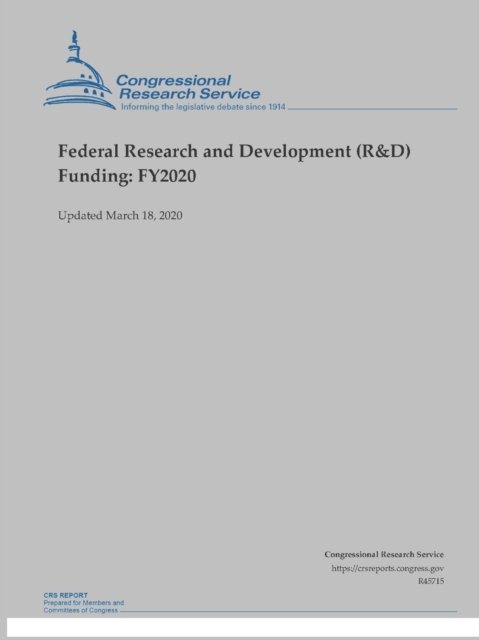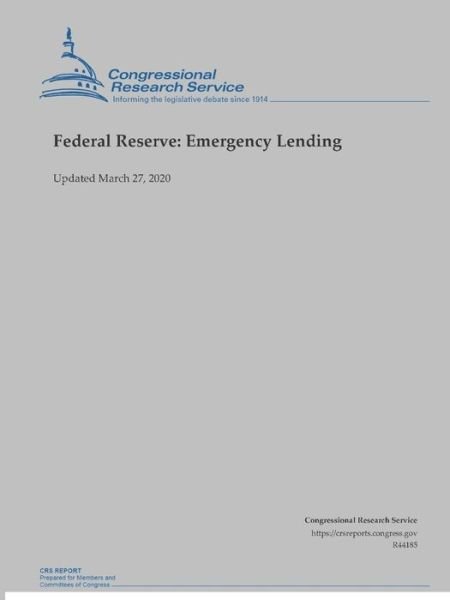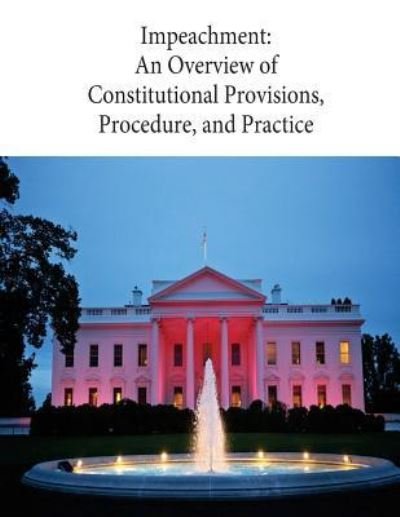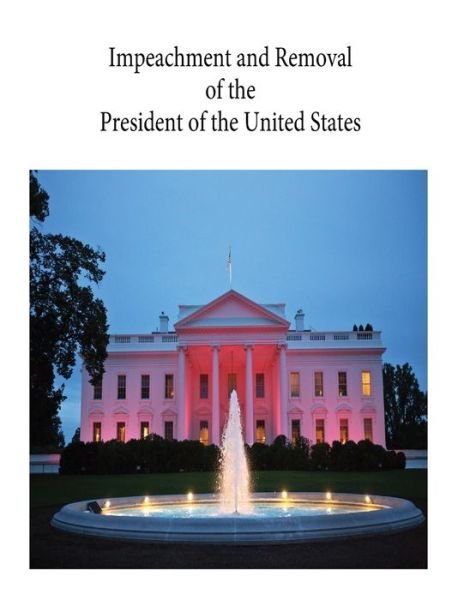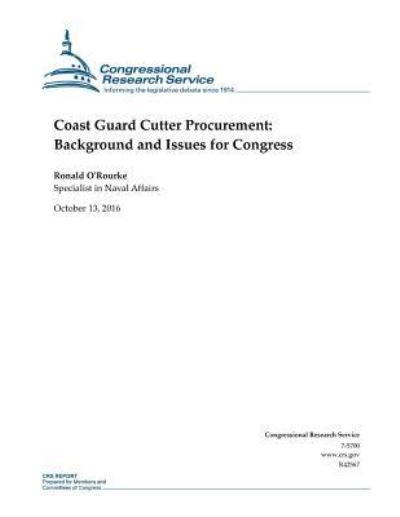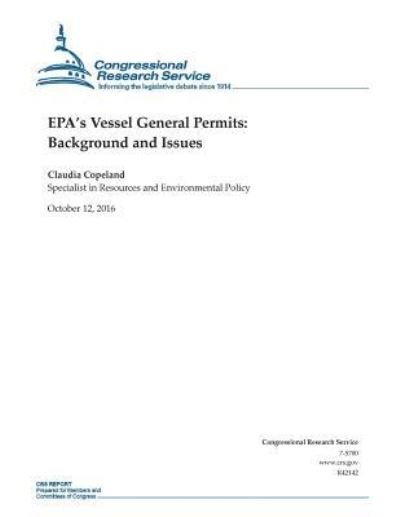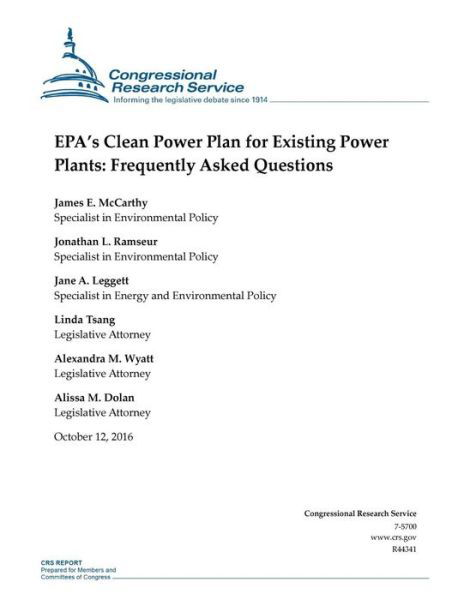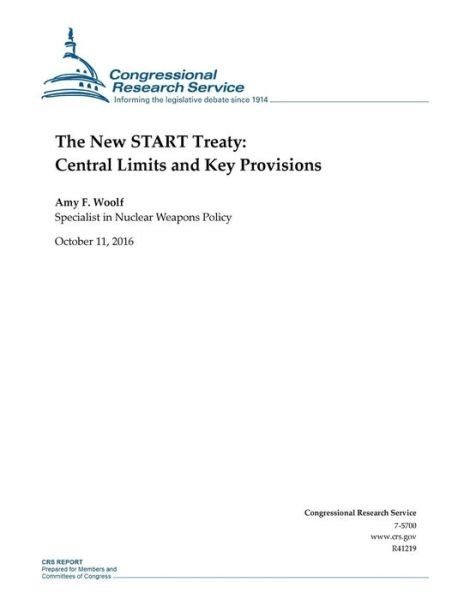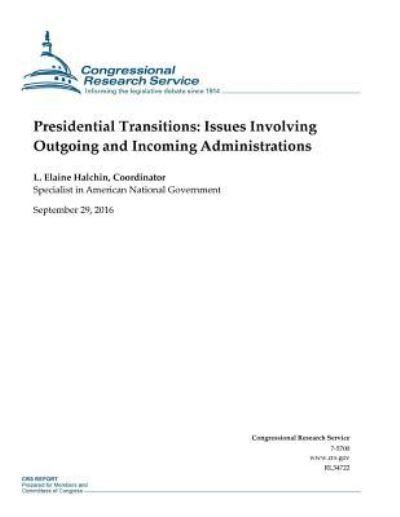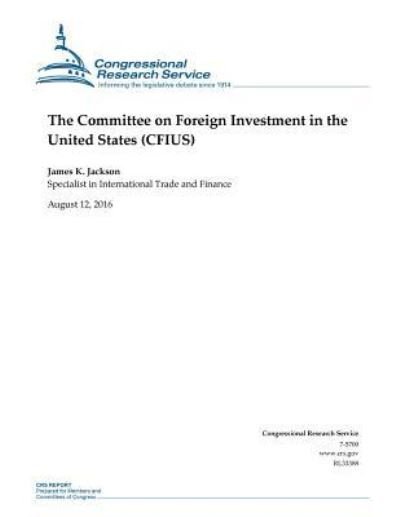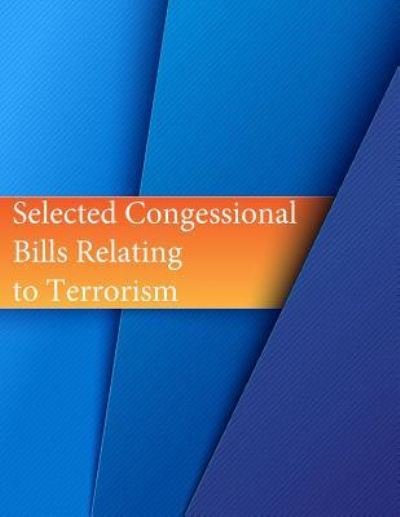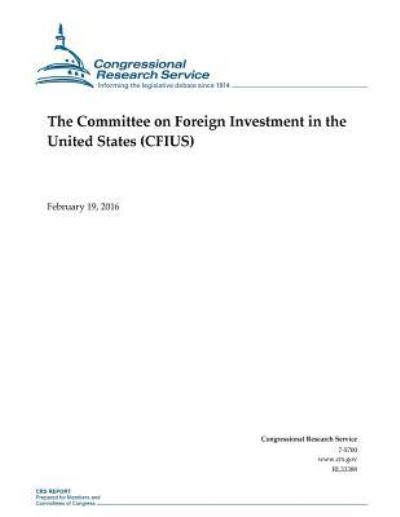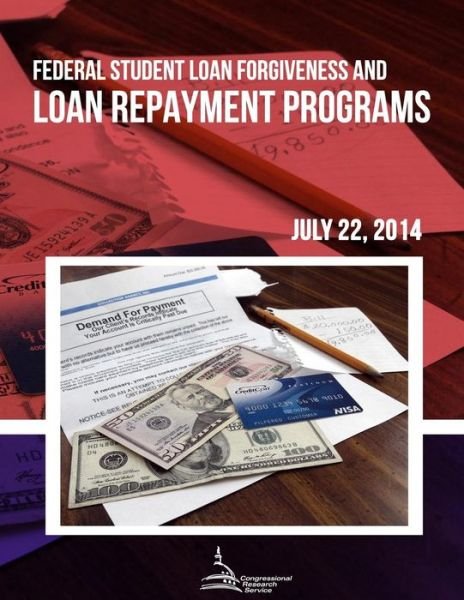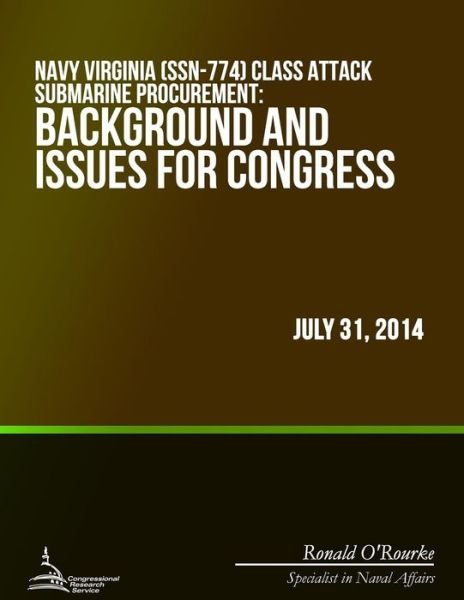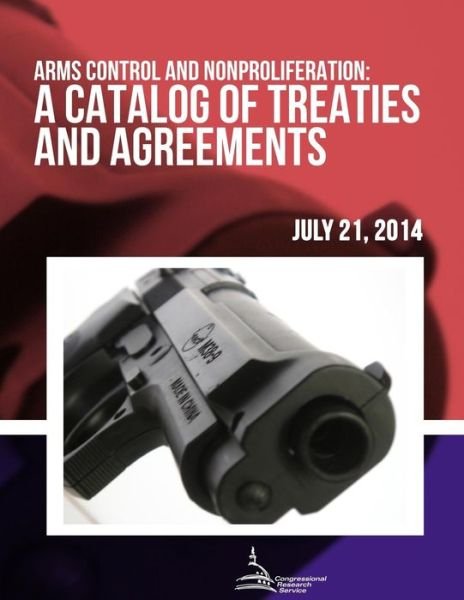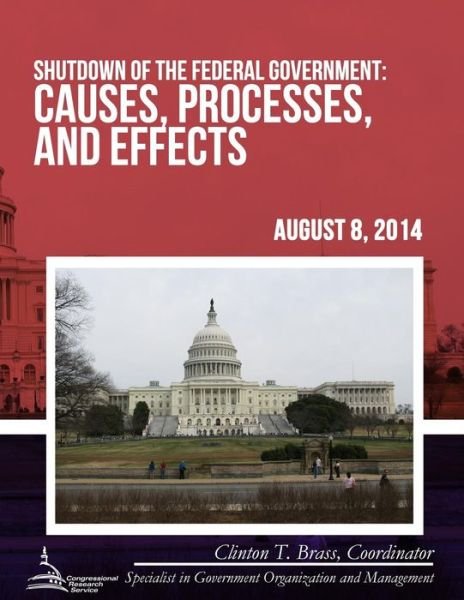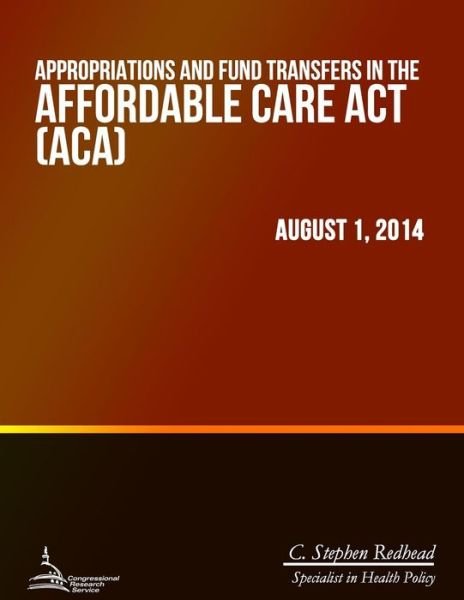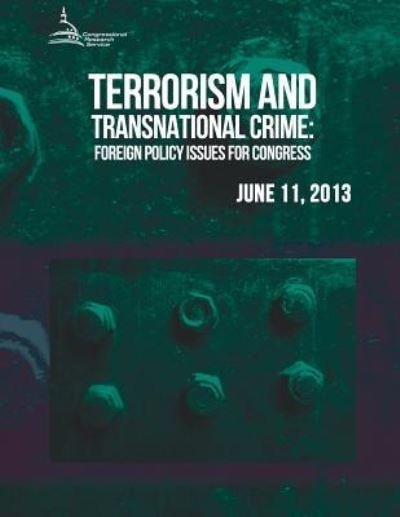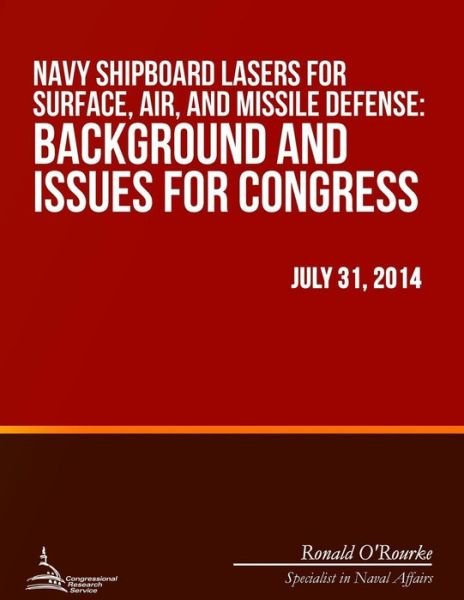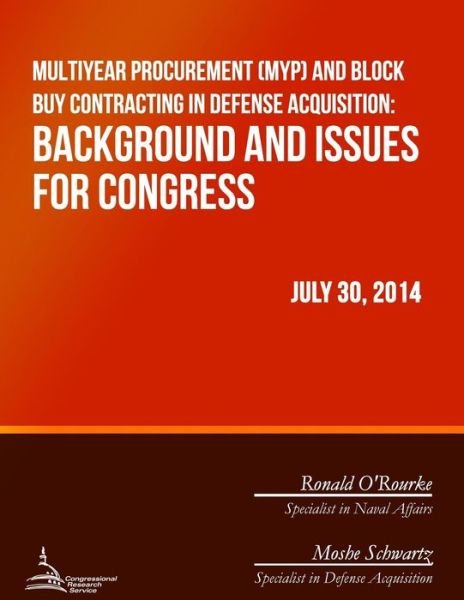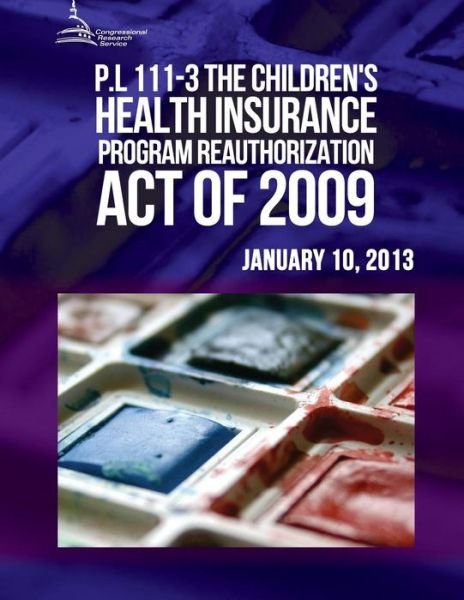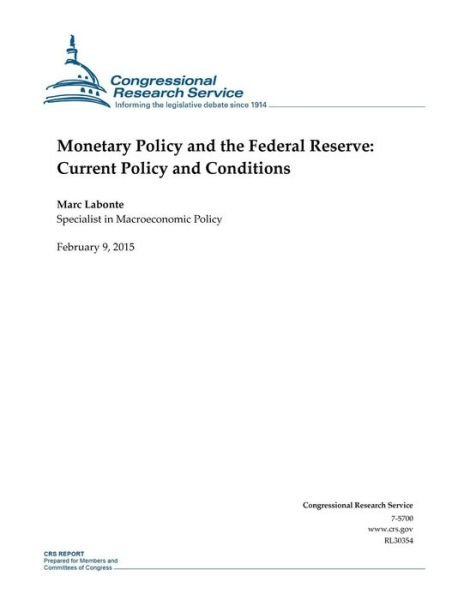
Freunden von diesem Artikel berichten:
Monetary Policy and the Federal Reserve
Congressional Research Service
Monetary Policy and the Federal Reserve
Congressional Research Service
Normally, the Fed conducts monetary policy by setting a target for the federal funds rate - the rate at which banks borrow and lend reserves on an overnight basis. It meets its target through open market operations, financial transactions traditionally involving U. S. Treasury securities. Beginning in 2007, the federal funds target was reduced from 5.25% to a range of 0% to 0.25% in December 2008, which economists call the zero lower bound. By historical standards, rates were kept unusually low for an unusually long time to mitigate the effects of the financial crisis and its aftermath. Starting in December 2015, the Fed has been raising interest rates and expects to gradually raise rates further. The Fed raised rates once in 2016, three times in 2017, and four times in 2018, by 0.25 percentage points each time. The Fed influences interest rates to affect interest-sensitive spending, such as business capital spending on plant and equipment, household spending on consumer durables, and residential investment. In addition, when interest rates diverge between countries, it causes capital flows that affect the exchange rate between foreign currencies and the dollar, which in turn affects spending on exports and imports. Through these channels, monetary policy can be used to stimulate or slow aggregate spending in the short run. In the long run, monetary policy mainly affects inflation. A low and stable rate of inflation promotes price transparency and, thereby, sounder economic decisions. The Fed's relative independence from Congress and the Administration has been justified by many economists on the grounds that it reduces political pressure to make monetary policy decisions that are inconsistent with a long-term focus on stable inflation. But independence reduces accountability to Congress and the Administration, and recent legislation and criticism of the Fed by the President has raised the question about the proper balance between the two. While the federal funds target was at the zero lower bound, the Fed attempted to provide additional stimulus through unsterilized purchases of Treasury and mortgage-backed securities (MBS), a practice popularly referred to as quantitative easing (QE). Between 2009 and 2014, the Fed undertook three rounds of QE. The third round was completed in October 2014, at which point the Fed's balance sheet was $4.5 trillion-five times its -size. After QE ended, the Fed maintained the balance sheet at the same level until September 2017, when it began to very gradually reduce it to a more normal size-a process that is expected to take several years. The Fed has raised interest rates in the presence of a large balance sheet through the use of two new tools-by paying banks interest on reserves held at the Fed and by engaging in reverse repurchase agreements (reverse repos) through a new overnight facility.
| Medien | Bücher Taschenbuch (Buch mit Softcover und geklebtem Rücken) |
| Erscheinungsdatum | 21. Januar 2019 |
| ISBN13 | 9781794509627 |
| Verlag | Independently Published |
| Seitenanzahl | 26 |
| Maße | 216 × 279 × 1 mm · 86 g |
| Sprache | Englisch |
Weitere Titel von Congressional Research Service
Andere Titel dieser Serie
Alle Titel von Congressional Research Service ansehen ( u. a. Taschenbuch und Buch )


